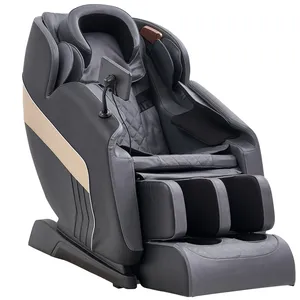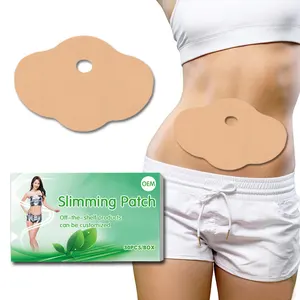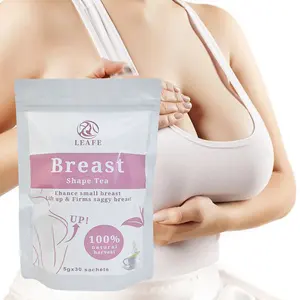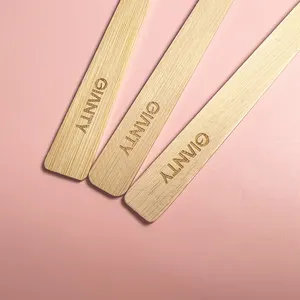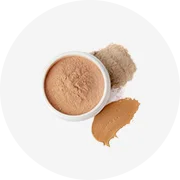











검은 완성 된 매듭 끝 손잡이 칼 붙이 저녁 식사 숟가락 포크 차 숟가락 테이블 장식 홈 레스토랑 및 호텔 테이블 장식 칼 붙이
₫25,448 - ₫76,344
최소 주문량: 50 개






식기 도매 주문을 받아서 만들어진 장식적인 인도 테이블 flatware 세트 스테인레스 스틸 평면 긴 디자인 손잡이 식기 칼 붙이
₫101,792 - ₫127,240
최소 주문량: 50 세트
























일본식 3 개/세트 나무 flatware 환경 어린이를위한 칼 자연 나무 포크 스푼 젓가락 아기 식기 세트
₫47,079 - ₫50,896
최소 주문량: 50 세트
조각 당 선박: ₫15,015













매듭 칼 정보
단순 할 수도 있고 다 채울 수도 있지만 모두 매듭 칼입니다. Alibaba.com은 독특합니다. 딱 맞는 컬렉션을 찾아 볼 수있는 멋진 컬렉션이 있습니다. 크고 대담하거나 미묘하고 이산적인 것이 있습니다. 원하는 모양에 관계없이 매듭 칼. 잘 만들어지고 합리적인 가격입니다. 이것이 바로 구매자의 천국입니다.
매듭 칼의 개념. Alibaba.com은 CBD를 가열하고 증기를 흡입하는 것입니다. 기본적이고 간단한 접근 방식은 일회용 장치입니다. 취향에 따라 향이 첨가 된 오일을 미리 채울 수 있습니다. 간단 할 수 있지만 지루할 필요는 없습니다. 많은 공급 업체가 대량 주문시 맞춤형 인쇄 및 포장을 제공합니다. 이를 통해 소매 업체와 도매 업체가 적합하다고 생각하는대로 브랜드를 지정할 수 있습니다. 선택할 수있는 색상도 다양합니다.
일회용 불가 매듭 칼입니다. 매우 우아하고 정교 할 수 있습니다. 그들 대부분은 충전식 배터리 시스템을 가지고 있습니다. 배터리는 세라믹 발열체에 전원을 공급합니다. 일부는 심지어 전압을 높이는 다이얼이있어 흡입되는 CBD 증기의 양에 영향을 미칩니다. 실용적 일 수 있지만 항상 주목할 가치가있는 장식입니다. vapes는 거의 카드 한 벌의 크기이므로 그림, 디자인 및 로고를위한 충분한 공간이 있습니다. 상상력은 단위에 인쇄 할 수있는 것의 한계입니다.
매듭 칼에서 최고의 거래를 찾으려면 Alibaba.com을 확인하십시오. 일회용품이든 잠시 보관하는 것이 든, 선택할 수있는 선택의 폭은 엄청납니다. 최고 품질의 제품과 우수한 가격으로 누구나 휴식을 취하고 즐길 수 있습니다.
매듭 칼의 개념. Alibaba.com은 CBD를 가열하고 증기를 흡입하는 것입니다. 기본적이고 간단한 접근 방식은 일회용 장치입니다. 취향에 따라 향이 첨가 된 오일을 미리 채울 수 있습니다. 간단 할 수 있지만 지루할 필요는 없습니다. 많은 공급 업체가 대량 주문시 맞춤형 인쇄 및 포장을 제공합니다. 이를 통해 소매 업체와 도매 업체가 적합하다고 생각하는대로 브랜드를 지정할 수 있습니다. 선택할 수있는 색상도 다양합니다.
일회용 불가 매듭 칼입니다. 매우 우아하고 정교 할 수 있습니다. 그들 대부분은 충전식 배터리 시스템을 가지고 있습니다. 배터리는 세라믹 발열체에 전원을 공급합니다. 일부는 심지어 전압을 높이는 다이얼이있어 흡입되는 CBD 증기의 양에 영향을 미칩니다. 실용적 일 수 있지만 항상 주목할 가치가있는 장식입니다. vapes는 거의 카드 한 벌의 크기이므로 그림, 디자인 및 로고를위한 충분한 공간이 있습니다. 상상력은 단위에 인쇄 할 수있는 것의 한계입니다.
매듭 칼에서 최고의 거래를 찾으려면 Alibaba.com을 확인하십시오. 일회용품이든 잠시 보관하는 것이 든, 선택할 수있는 선택의 폭은 엄청납니다. 최고 품질의 제품과 우수한 가격으로 누구나 휴식을 취하고 즐길 수 있습니다.

